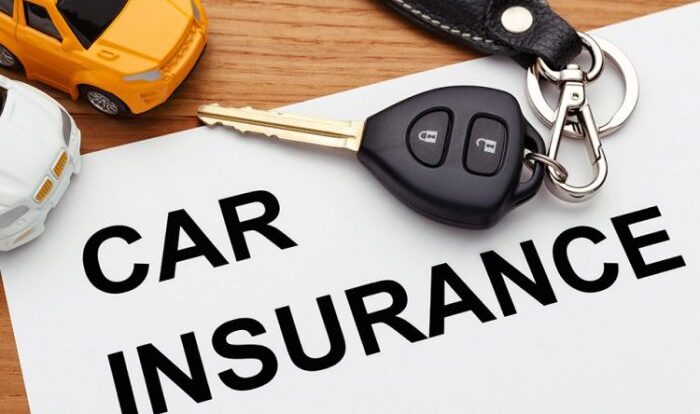
How to get a car insurance – Navigating the world of car insurance can be a daunting task. But with this comprehensive guide, you’ll learn everything you need to know about getting the right coverage for your vehicle. From understanding the basics to comparing quotes and choosing the best provider, we’ve got you covered.
Whether you’re a first-time driver or an experienced motorist, this guide will help you make informed decisions about your car insurance.
Understanding Car Insurance Basics
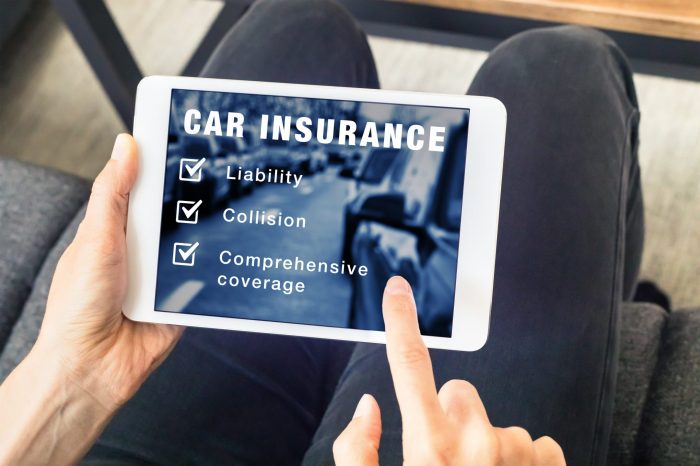
Car insurance is a crucial financial tool that protects you from financial liability in the event of an accident. It provides peace of mind and ensures that you’re covered for expenses related to property damage, bodily injuries, and legal costs.There are various types of car insurance coverage available, each designed to address specific needs and risks.
These include:
Liability Coverage
- Bodily Injury Liability: Covers expenses related to injuries sustained by others in an accident you cause.
- Property Damage Liability: Covers expenses related to damage caused to the property of others in an accident you cause.
Collision Coverage
Covers repairs or replacement costs for your vehicle if it’s damaged in an accident, regardless of who is at fault.
Comprehensive Coverage
Covers damages to your vehicle caused by events other than collisions, such as theft, vandalism, or natural disasters.
Uninsured/Underinsured Motorist Coverage
Protects you from financial losses if you’re involved in an accident with a driver who is uninsured or underinsured.
Personal Injury Protection (PIP)
Covers medical expenses and lost wages for you and your passengers, regardless of who is at fault in an accident.
Medical Payments Coverage
Covers medical expenses for you and your passengers, regardless of who is at fault in an accident.
Factors Influencing Car Insurance Premiums

Car insurance premiums vary widely based on numerous factors. Understanding these factors can help you make informed decisions about your coverage and potentially lower your costs.
Age
- Younger drivers (under 25) typically pay higher premiums due to their increased risk of accidents.
- As drivers age and gain experience, their premiums generally decrease.
Driving History
- Drivers with clean driving records pay lower premiums than those with accidents, tickets, or other violations.
- Factors such as speeding, reckless driving, and DUI convictions significantly increase premiums.
Vehicle Type
- Sports cars, luxury vehicles, and high-performance models typically have higher premiums due to their higher repair costs and risk of theft.
- Safer and more fuel-efficient vehicles may qualify for discounts.
Other Factors
- Your credit score can impact your premiums, as insurers view drivers with good credit as less risky.
- Your location and the amount of time you spend driving can also affect your rates.
- Insurance companies offer discounts for various factors, such as multiple vehicles, safe driving courses, and loyalty.
Comparison Shopping for Car Insurance
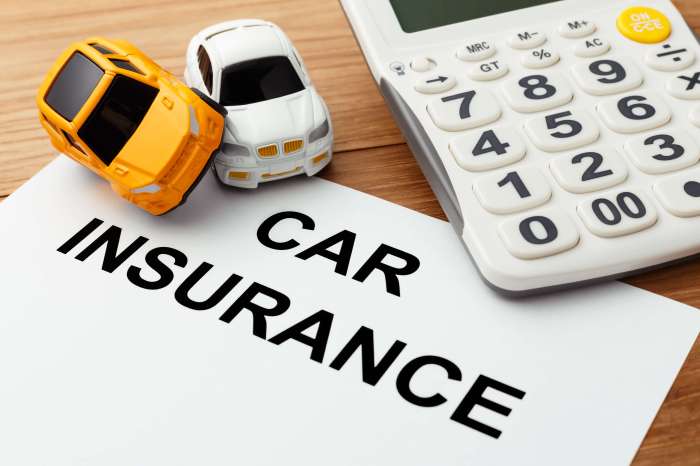
Getting the best deal on car insurance is essential, especially in today’s economy. Comparison shopping is a crucial step in finding the right coverage at the right price.
By comparing quotes from multiple insurance companies, you can:
- Save money: Different insurers offer varying rates based on their underwriting criteria. Comparing quotes allows you to find the most affordable option.
- Get better coverage: Not all insurance policies are created equal. By comparing quotes, you can find a policy that provides the coverage you need at a price you can afford.
- Avoid surprises: Reading the fine print of your insurance policy is important, but it can be time-consuming. Comparing quotes helps you understand the coverage and costs upfront, avoiding unexpected expenses down the road.
Steps for Effective Comparison Shopping, How to get a car insurance
- Gather your information:Have your driver’s license, vehicle information, and insurance history readily available.
- Get quotes online:Utilize online comparison tools like NerdWallet, The Zebra, or Insurify to quickly compare quotes from multiple insurers.
- Contact insurance agents:Reach out to local insurance agents who represent different companies to get personalized quotes and advice.
- Read the policy details:Carefully review the coverage, deductibles, and exclusions of each policy before making a decision.
- Consider your needs:Determine the level of coverage you need based on your driving habits, vehicle value, and financial situation.
Benefits of Using Online Comparison Tools
- Convenience:Compare quotes from multiple insurers in minutes, without having to visit different websites or make phone calls.
- Time-saving:Get instant results, eliminating the need for lengthy research and back-and-forth communication with insurers.
- Impartiality:Online comparison tools provide unbiased results, as they are not affiliated with any particular insurance company.
- Additional information:Many online comparison tools offer helpful resources and articles to educate consumers about car insurance.
Choosing the Right Insurance Provider
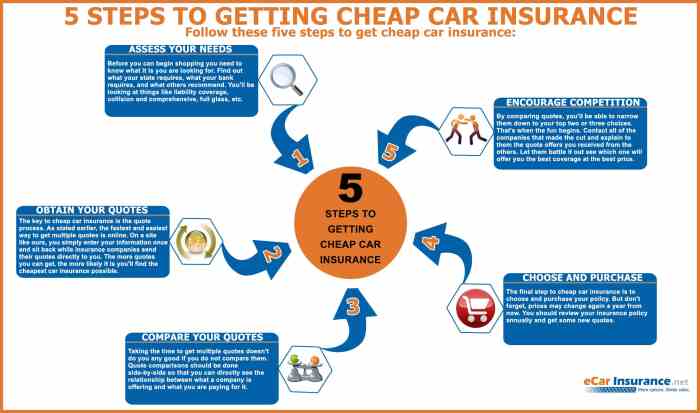
Selecting the right car insurance provider is crucial to ensure you have the coverage you need at a price you can afford. Consider the following criteria when making your decision:
Types of Insurance Companies
- Captive Insurance Companies:Owned by a specific car manufacturer or dealership, they typically offer discounts on insurance for the vehicles they sell.
- Independent Insurance Companies:Not affiliated with any particular manufacturer, they offer a wider range of coverage options and may be more flexible in pricing.
- Direct Insurance Companies:Sell insurance directly to consumers without using agents, potentially resulting in lower premiums.
Reputation and Financial Stability
It’s important to evaluate the reputation and financial stability of any insurance provider you consider. Check for:
- Customer Reviews:Read online reviews from current and former customers to gauge their satisfaction with the company’s service and claims handling.
- Financial Ratings:Obtain ratings from independent agencies such as AM Best or Standard & Poor’s to assess the company’s financial health and ability to pay claims.
- Complaint History:Check with state insurance regulators to see if the company has a history of complaints or legal actions.
5. Applying for Car Insurance
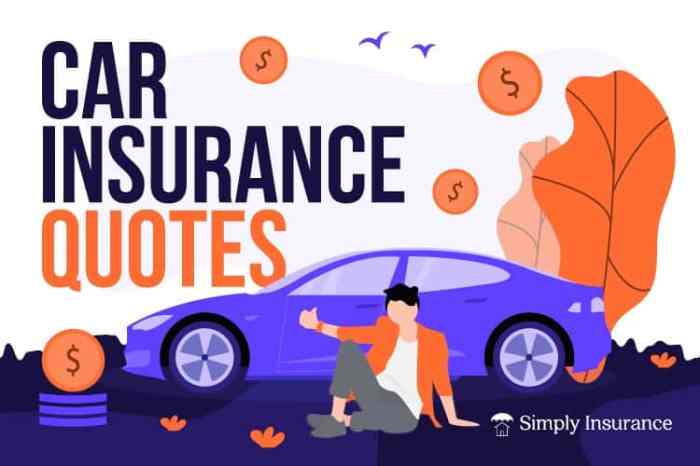
Applying for car insurance is a straightforward process that typically involves the following steps:
1. Gather necessary information
Before applying, ensure you have the necessary information, including your driver’s license, vehicle registration, and proof of insurance (if you have a current policy).
2. Choose an insurance provider
Research and compare different insurance providers to find one that offers the coverage and rates that best suit your needs.
3. Complete an application
You can complete an application online or through an insurance agent. The application will ask for personal information, driving history, and vehicle details.
4. Provide documentation
The insurance company may request additional documentation, such as a copy of your driver’s license, vehicle registration, and proof of income.
5. Pay the premium
Once the application is approved, you will need to pay the insurance premium to activate your policy.
Sample Application Form
Here is a sample car insurance application form:
| Field | Description | Name | Your full name | Address | Your physical address | Date of birth | Your date of birth | Driver's license number | Your driver's license number | Vehicle year | The year your vehicle was manufactured | Vehicle make | The make of your vehicle | Vehicle model | The model of your vehicle | Vehicle VIN | Your vehicle's Vehicle Identification Number (VIN) | Coverage level | The level of coverage you desire (e.g., liability, collision, comprehensive) | Deductible | The amount you are willing to pay out of pocket before insurance coverage kicks in |
|---|
Required Documentation
When applying for car insurance, you may be required to provide the following documentation:* Driver’s license
- Vehicle registration
- Proof of insurance (if you have a current policy)
- Proof of income (e.g., pay stubs, tax returns)
6. Maintaining Car Insurance Coverage: How To Get A Car Insurance
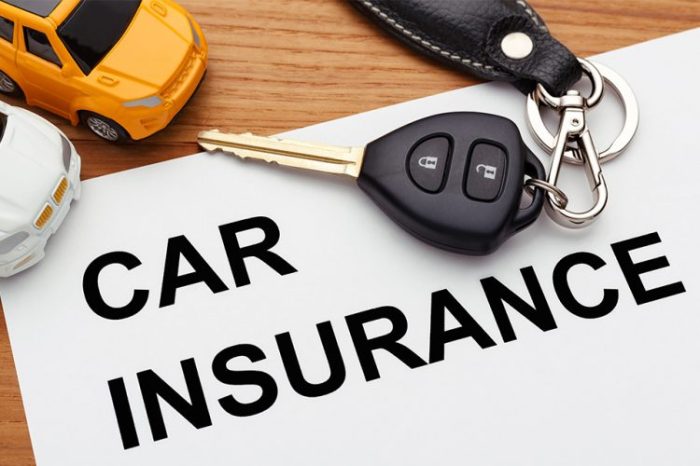
Maintaining continuous car insurance coverage is essential for several reasons. First, it ensures you are financially protected in the event of an accident. If you are at fault for an accident, your insurance will cover the costs of damage to the other vehicle(s) and injuries to other people.
Second, most states require drivers to maintain car insurance. If you are caught driving without insurance, you could face fines, license suspension, or even jail time.Letting your insurance lapse can have serious consequences. If you have an accident while your insurance is lapsed, you will be personally responsible for all of the costs.
This could include the cost of repairing or replacing your own vehicle, as well as the cost of medical expenses for any injured parties. In addition, your driver’s license could be suspended, and you could face legal action.There are a few things you can do to avoid coverage gaps.
First, make sure to pay your premiums on time. If you are having trouble paying your premiums, talk to your insurance company about a payment plan. Second, if you are going to be away from your car for an extended period of time, you can put your insurance policy on hold.
This will save you money on premiums, and it will ensure that your coverage will be reinstated when you return. Finally, if you are selling your car, be sure to cancel your insurance policy before the sale is complete.
Tips for Avoiding Coverage Gaps
* Pay your premiums on time.
- If you are having trouble paying your premiums, talk to your insurance company about a payment plan.
- If you are going to be away from your car for an extended period of time, you can put your insurance policy on hold.
- If you are selling your car, be sure to cancel your insurance policy before the sale is complete.
Conclusion
Getting car insurance doesn’t have to be a headache. By following the steps Artikeld in this guide, you can secure the coverage you need to protect yourself and your vehicle. Remember, comparing quotes, choosing the right provider, and maintaining continuous coverage are key to ensuring you’re well-protected on the road.
FAQ Resource
What is the minimum car insurance coverage required by law?
The minimum coverage requirements vary by state, but typically include liability insurance, which covers damages you cause to other vehicles and property.
How can I lower my car insurance premiums?
Maintaining a good driving record, taking defensive driving courses, and increasing your deductible can all help lower your premiums.
What happens if I let my car insurance lapse?
Letting your insurance lapse can result in penalties, higher premiums, and difficulty obtaining coverage in the future.

